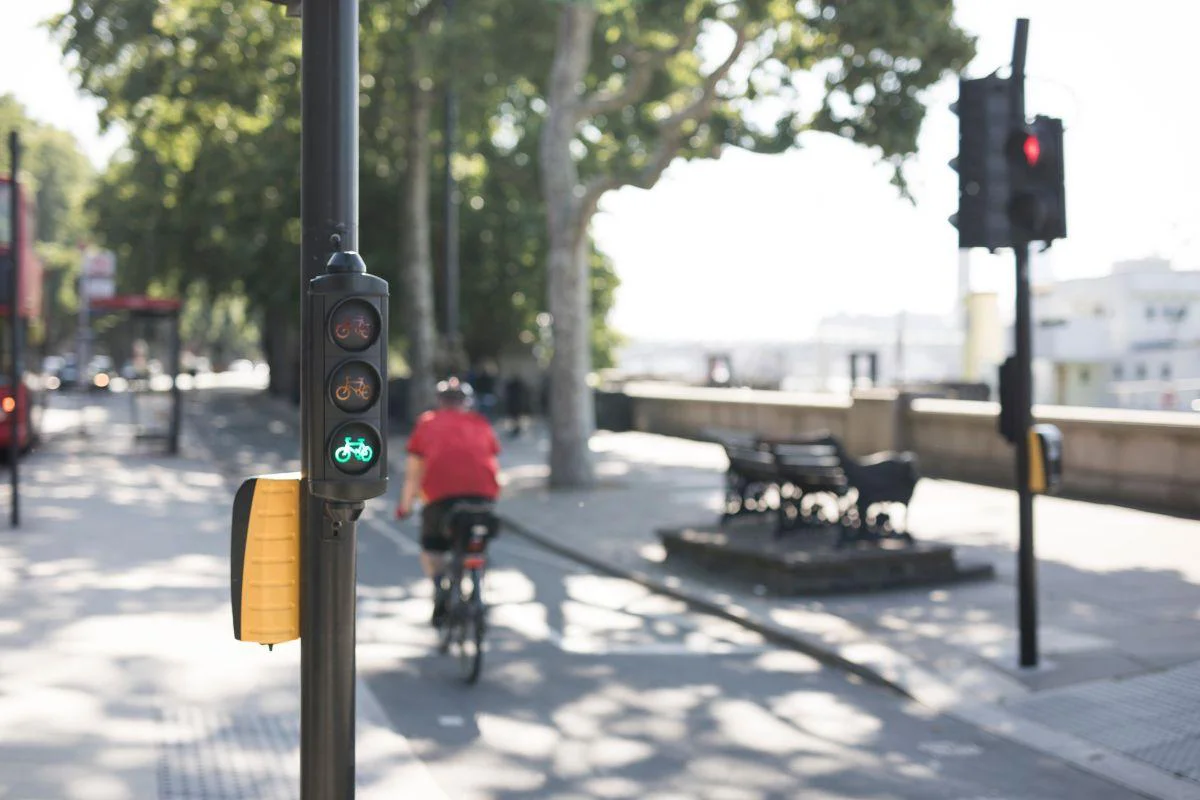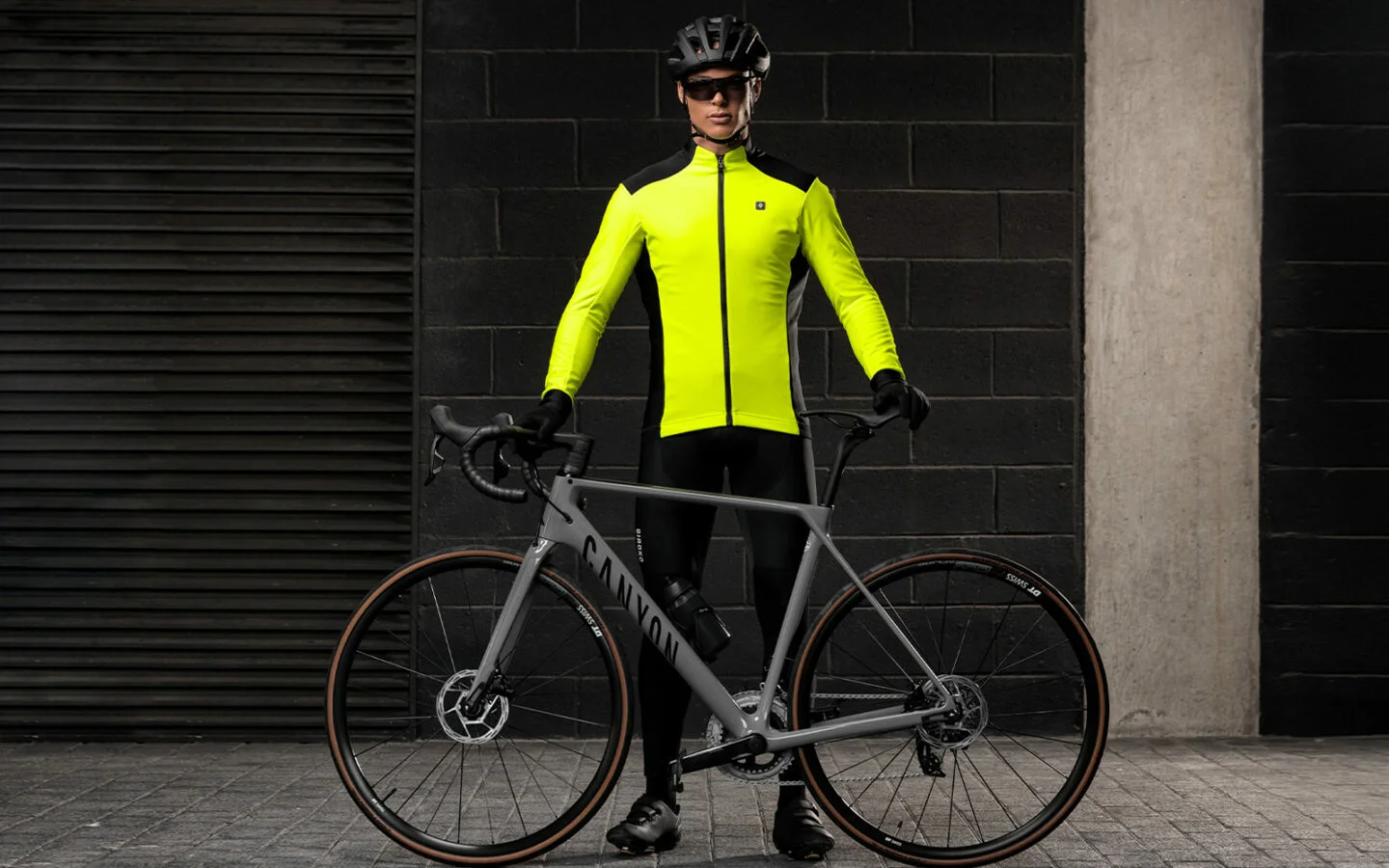Any cyclist has asked this question at some point and the answer, for good measure, is: It depends. In the vast majority of cases upgrading our bike is more cost-effective but sometimes modernizing an old bike costs more time and money than simply getting a new one. Let’s see some examples of when it is better to upgrade and when it is better to buy a new one plus the pros & cons of each option.
When is it best to renew components?
In the vast majority of cases it is cheaper to replace parts of the bicycle than to buy a new one.

If the bike is the right size and has no damage that would affect safety and performance, you can replace the components to your liking. Start with the parts that are corroded, broken or not working, and move on to the parts you want to upgrade or customize.
Now, if the price of components is as high or only slightly lower than a new bike, then just get a new bike. For instance: Tuning a 26″ or 27.5″ aluminum MTB with front suspension that needs a new drivetrain, new wheels and fork overhaul is probably going to cost more time and money than buying a new 29″ aluminum MTB.
Of course, there are exceptions. Vintage road bikes, iconic MTBs from the 80’s, bikes that have a personal meaning… They all deserve special attention. Renovating their components while maintaining their aesthetics and history is not just a matter of time and money.
Pros of replacing components
- Reduced cost, except if we go for high-end, exclusive or customized parts.
- You can replace them progressively, according to needs and possibilities.
- Personal choice of components.
- We can sell or keep the old components for emergencies.
- No need to adapt to a new bike.
- Waiting time. It depends on the components, but as a general rule and with current stocks, it is faster to renew the bike than to buy a new one.

Cons of replacing components
- More time-consuming. This is a relative matter, as there are cyclists who enjoy searching for, buying and installing components, and those who don’t even know where to begin.
- Bad investment. Renovating a bike in poor condition may be “throwing away” money since it is unlikely to perform as well as a new one. The bad investment may also be due to the market trends changing and going in a different direction.
- Incompatible components. Make sure that the parts you buy are compatible with the bike and the rest of the components.
- Lack of stock. There are brands that no longer manufacture some spare parts. In these cases, the only solution is to look for them on the second-hand market.
When is it better to buy a new bike?
If the bike is not your size, has significant damage or does not meet your needs, it is time to buy a new bike.

When our bike is not the right size, we can keep the components and try to sell only the frame. It’s not easy, but there’s a lid for every pot.
If the frame is damaged and we cannot fix it or the repair does not guarantee safety, there are two options: Keeping the components and buying a new or second-hand frame or buying a new bike, keeping the parts from the old one as spare parts or selling them.
If the bike is in good condition and you just want to upgrade it, estimate its value on the second hand market, figure out how much it would cost to replace the components you want to upgrade, and check how much a new bike similar to the one you want would be. For instance: We have a carbon road bike in good condition with Shimano 105 mechanical groupset, disc brakes and aluminum wheels valued at around €1500. We want to replace the groupset with the new 105 Di2 12v (€1900-2000) and add carbon wheels (€800-1000), which gives us a total of €3000. The brand-new Endurance SL Disc from Ribble with carbon wheels and Shimano 105 Di2 costs €3500. If you like the model, the decision seems clear, doesn’t it?
Pros of buying a new bike
- Warranty.
- It works perfectly.
- You save time (and perhaps money) otherwise spent on searching, buying, repairing…
- Most recent bike models and components are better in terms of materials and performance than those from 4-5 years ago.
Cons of buying a new bike
- Large cash outlay, although you can pay in installments.
- Delivery time. Stocks are not yet 100% and you will most likely have to wait a bit before you get the bike of your dreams.
- Adapting to the new bike. Changes often require an adjustment period. It will be shorter if you have chosen the right size and can replicate the measurements from your biomechanical study on the new bike.

Let’s conclude with a final remark. Safety should be the deciding factor when making a purchase. If a bicycle or a component is a hazard, we should fix it or replace it; getting a new bike would be the last resort. But, let’s face it, we are all consumers, and we often buy things just to improve or change what we already have. Is this a responsible attitude? Probably not, but if buying a new bicycle makes you healthier and you use it instead of your car, then you make up for some of that “irresponsibility”. In its 2021 report, Trek estimated that a bike should cover a distance of 692 km to offset the carbon emissions from its manufacturing. But keep in mind that the bicycle must replace the car. That is, using it on short trips around the city, and if you also do bikepacking and travel with your bike, even better. Let’s hop on our bikes then and start reducing the carbon footprint!





Pingback: Aluminum Frame Mountain Bike - eBikeAI